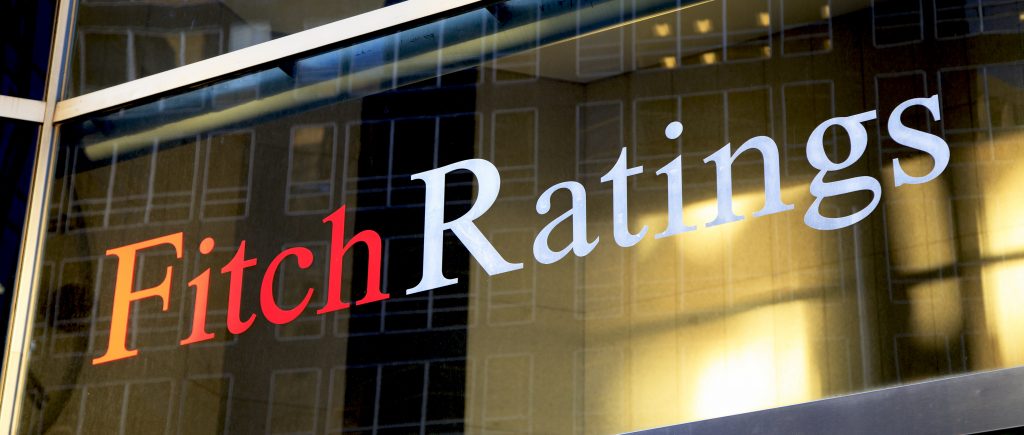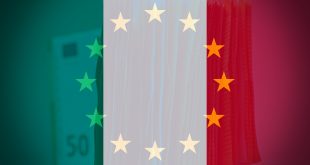On April 3, 2025, prominent Fitch ratings agency issued a stark warning about the U.S. economy, slashing its 2025 GDP growth forecast and pointing the finger at a bold new tariff policy dubbed “Liberation Day.”
Announced just a day earlier, these tariffs impose a minimum 10% rate on all U.S. trading partners, with some facing far steeper hikes—most notably a jaw-dropping 64% on China, up from a previously projected 35%. This escalation, the agency argues, risks tipping the U.S. into a recession, driving up consumer prices, eroding corporate profits, and leaving the Federal Reserve with little room to maneuver on interest rate cuts. The move marks a return to protectionist levels unseen since 1909, with the U.S. effective tariff rate now hitting 25%—well above the 18% anticipated just a month ago.
The ripple effects of this policy shift are global, reshaping trade dynamics in ways that could redefine economic powerhouses. For the European Union, tariffs are climbing to 20%, while Asian economies like Vietnam (46%), Thailand (36%), and Japan (24%) face their own hefty increases.
These rates dwarf earlier assumptions, catching analysts off guard and threatening to disrupt supply chains for everything from semiconductors to pharmaceuticals—sectors where some exemptions are still being negotiated. The agency warns that higher import costs will inevitably trickle down to U.S. consumers, cooling spending and squeezing businesses already grappling with tight margins. With inflation pressures mounting, the Fed may have to rethink its strategy, potentially pausing rate cuts that many had hoped would buoy the economy.
Across the Pacific, China’s response has been swift and defiant. On the same day, its Ministry of Finance pushed back against a separate downgrade from the same ratings agency, which dropped China’s long-term foreign-currency issuer rating from “A+” to “A.” Calling the move biased and unreflective of reality, the ministry touted China’s robust 5% GDP growth in 2024—one of the strongest among major economies—and highlighted its ongoing advantages in talent, capital, and technology.
Emerging sectors, urbanization, and market reforms, they argue, position China for sustained growth, bolstered by macro policies that continue to gain traction. International bodies like the IMF and World Bank have even revised their 2025 forecasts upward for China, projecting growth near the government’s 5% target, a stark contrast to the gloomier outlook for the U.S.
The clash between these economic giants underscores a broader global tipping point. For the U.S., the tariff surge signals a retreat from decades of free trade, hiking costs and raising recession risks at a time when growth was already expected to slow from 1.7% in earlier projections. For China, it’s a chance to flex its resilience, leaning on domestic strengths and global trade clout to weather the storm.
As the agency notes, the fallout isn’t just about numbers—it’s about a fundamental shift in how goods, money, and power flow across borders. With some sectors still in flux and the full impact yet to unfold, one thing is clear: these tariffs aren’t just a policy tweak; they’re a gamble that could redefine the economic landscape for years to come.

 Noor Trends News, Technical Analysis, Educational Tools and Recommendations
Noor Trends News, Technical Analysis, Educational Tools and Recommendations




